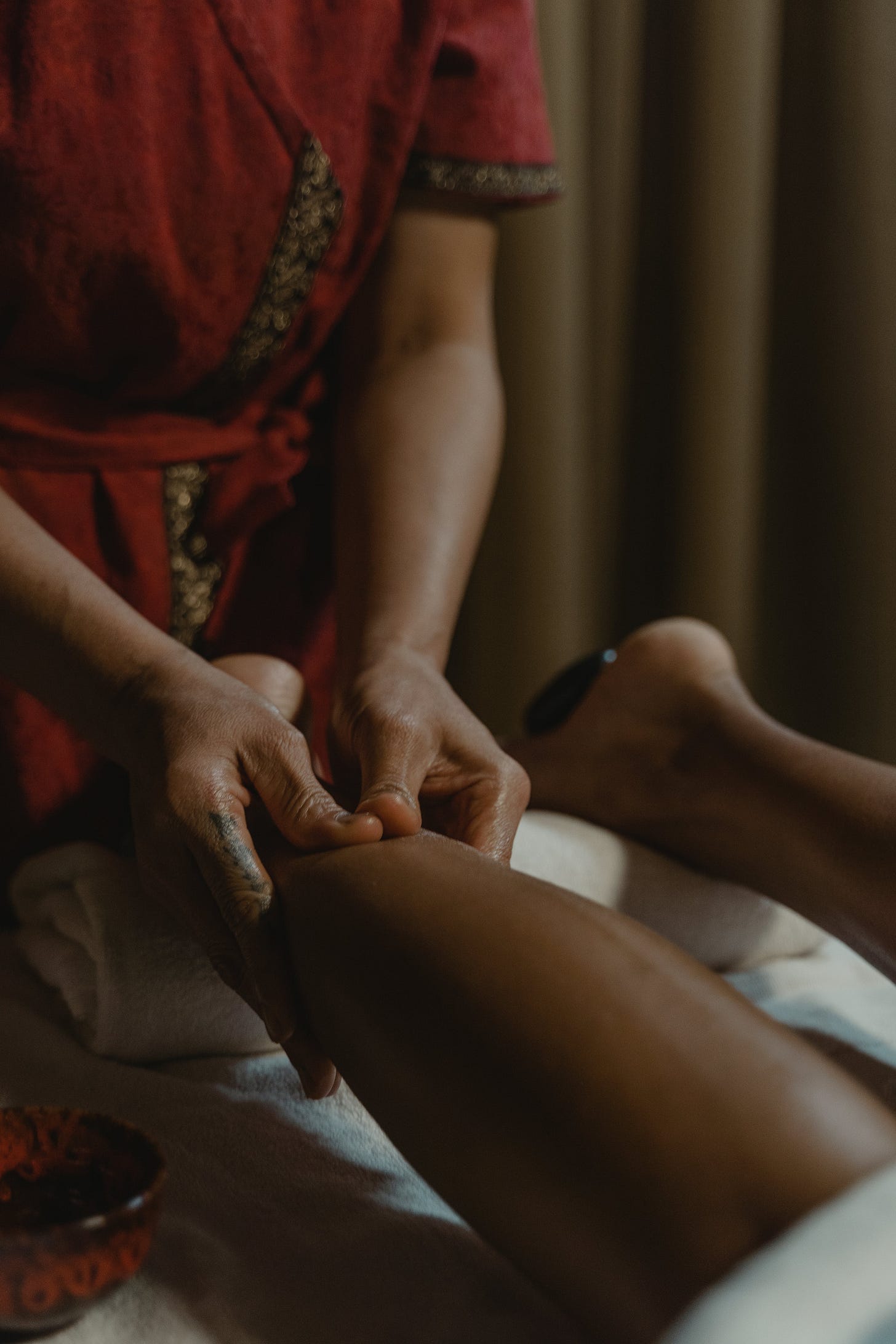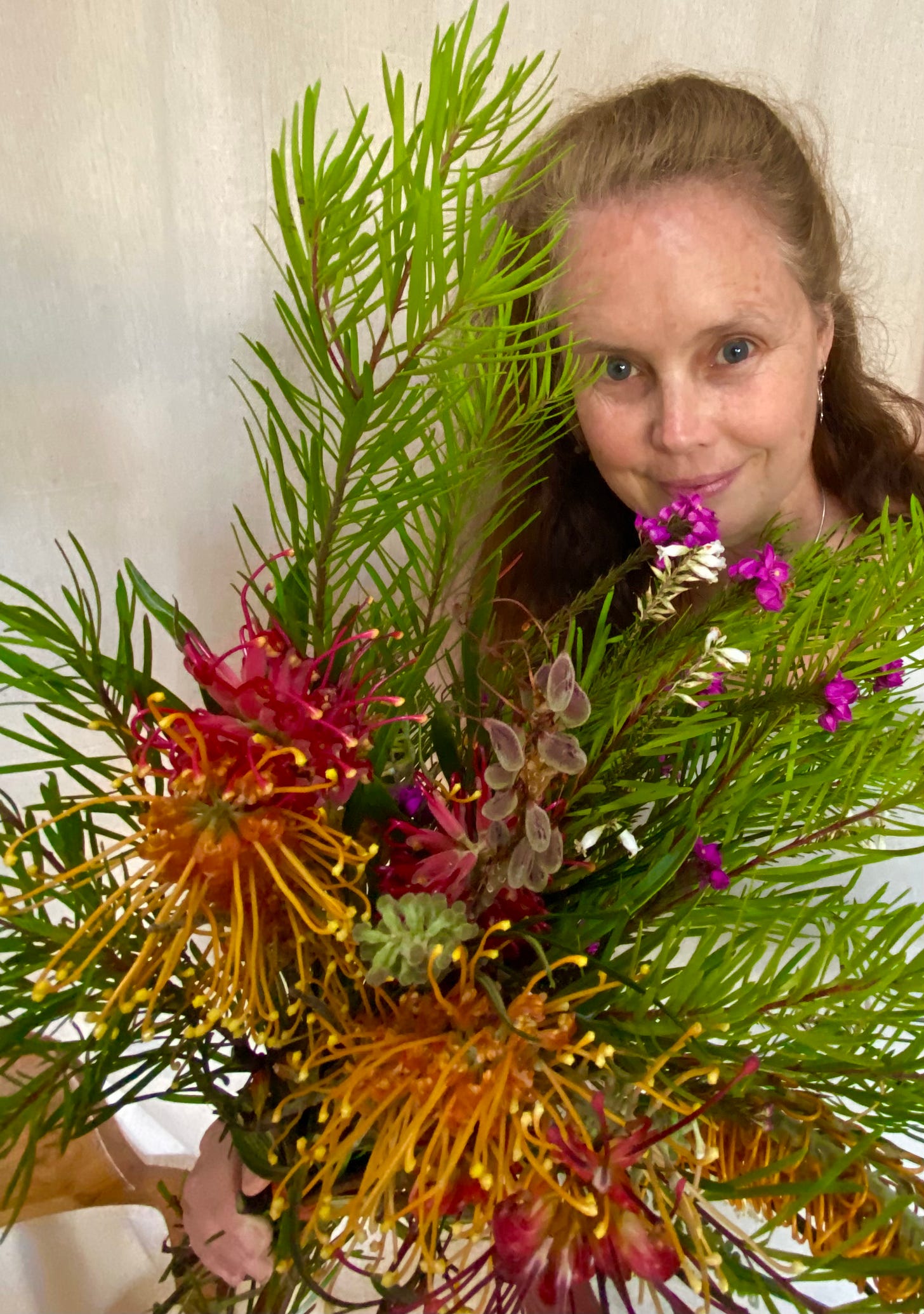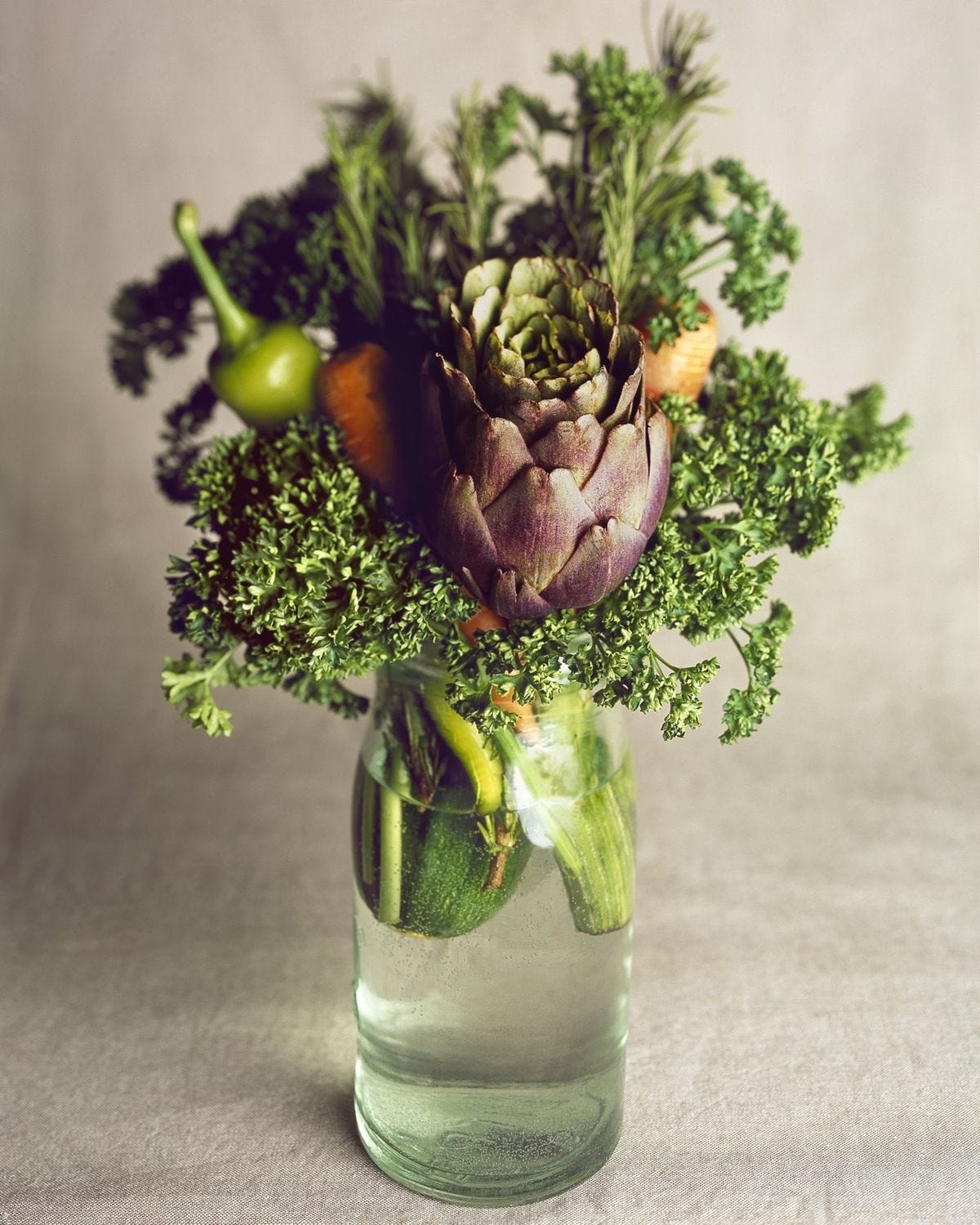This week is all about the spirit of giving as we roll into the week before Christmas. It’s easy to get caught in the capitalist urge to buy, buy, buy this time of year so I thought it would be nice to explore alternatives to ‘more stuff’ as a way of giving this year and remind ourselves that the best things in life truly are free.
Ourselves
The greatest thing we can give to our loved ones, without spending a cent, is the gift of us. Our time, our undivided attention and our service. This can be in the form of time spent on a date, a picnic, a camping trip, a day at the beach, a hiking trip, a night out dancing. The possibilities are limited only by your imagination.
Other ways we can gift ourselves is by acts of service. My sister gave me the gift of cleaning my car one birthday and I loved it so much I asked my kids for it the following year! Having a loved one clean your car or your house or weed the garden or clean the windows is such a beautiful and satisfying gift.
You can also gift pampering massages, facials, manicures, pedicures, sound healings or any soothing and healing experience you can give a loved one.
A beautiful handmade card with the promise of one of the above things will always be appreciated and create beautiful memories and connection with loved ones.
Nature
If not giving of yourself you can turn to nature to provide an abundance of beautiful and useful gifts, these are some of my favorites.
Wild flowers
Go for a walk and collect wild flowers and foliage and gift a big beautiful bunch
Herbal salad mix
Go to the garden, or a friends with an abundant garden, and harvest a big bowl of wild weeds, fresh vegetables, fruits and flowers
Or make a bouquet of herbs and vegetables
Make art from things you find in nature
There is an infinite way to use found objects in nature for arts and craft. Get creative making sculptures, collages, mobiles, little clay objects, carved wood, pretty rocks or shells or flowers.
These are just a few ideas to remind you that love, nature and creativity are some of the most beautiful things we can give.
This week on The Wildcraft series:
Cobblers pegs - Using fresh Cobblers pegs in juices and gels
Sneak peek …
This week we are exploring ways to use cobblers pegs in its fresh plant state, harvested directly from the garden and used straight away.
It can be used fresh in salads, sandwiches, soups and curries (see curry recipe in last weeks post, Quiet time and generational healing) as an incredible protein source. 100g of fresh leaves has a whopping 24g of protein (most plants have 1-6g) so it’s really off the charts.
The fresh plant juice (succus) is my favorite way to use this plant as an antibiotic. (see video below) I came to use it this way after reading Herbal Antibiotics by Stephen Harrod Buhner, which has one of the best write ups on b. pilosa I’ve read.
This content is available to paid subscribers yearly, monthly and free trial subscriptions available.
Vegan nut roast with herbs and foraged greens
Looking for a beautiful animal and Earth friendly alternative to the traditional roast this christmas? This nut loaf comes from Ali at Gimmesomeoven.com (vegetarian version with eggs) who was inspired by Ella from deliciouslyella.com (vegan version) both of whom have inspired the bejeezus out of me with this awesomeness for two reasons.
One - herbs! This recipe has all the classics; parsley, sage, rosemary and thyme (I added the parsley to mine, because I love it and well, the song…)
Two - The apricots. The apricots give it plump and juice and that sweet but tart but savoury deliciousness that turns a dry and daggy nut roast into a truly delicious roast that deserves a place on a christmas table.
I have made my own version with chia seeds instead of eggs or cornflour and added some extra herbs, because … herbalist will do that.
1 cup (200 grams) green or brown lentils, picked over and rinsed or from a can
fine sea salt and freshly-cracked black pepper
2 tablespoons olive oil
1 small white onion, peeled and finely diced
1 large carrot, finely diced
8 ounces (225 grams) mushrooms, finely chopped
4 large cloves garlic, pressed or minced
2 large handfuls baby spinach, roughly chopped
3 tablespoons chopped fresh sage
2 tablespoons chopped fresh rosemary
2 tablespoons chopped fresh parsley
1 teaspoon smoked paprika
1 teaspoon dried thyme
2 tablespoons of wild foraged greens finely chopped (cobblers pegs, dandelions, purslane, nasturtium leaves etc)
10 ounces (300 grams) mixed nuts, finely chopped*
5 ounces (140 grams) dried apricots, finely chopped
zest and juice (about 1/4 cup) of 1 small orange
2 tablespoons of chia seeds soaked in 1/4 cup of water for 15 minutes
Cook the lentils. Combine the lentils with 4 cups water and 1/2 teaspoon salt in a medium saucepan. Heat over medium-high heat until the water reaches a vigorous simmer. Reduce heat to medium-low to maintain the simmer, cover and cook until the lentils are completely tender, about 20-30 minutes. Drain the lentils completely using a strainer, and set aside until later.
Prep oven and bread pan. Heat the oven to 375°F (190°C). Line a 9 x 5-inch bread pan with greaseproof paper.
Add chia seeds to water and set aside to thicken.
Sauté the veggies and herbs. Meanwhile, heat the olive oil over medium-high heat in a large sauté pan. Add the onion and carrot and sauté for 7 minutes, stirring occasionally, until softened. Add the mushrooms and garlic and sauté for 5 minutes, stirring occasionally, until the mushrooms are softened and most of the liquid in the pan has evaporated. Add the wild foraged greens, spinach, parsley, sage, rosemary, smoked paprika, and thyme. Sauté for 2 minutes, stirring frequently. Remove pan from heat.
Combine all ingredients. In a large mixing bowl, add the cooked lentils, cooked veggie mixture, nuts, dried apricots, and orange juice and zest. Toss until the mixture is evenly combined.
Taste and season with salt and pepper then add the chia seed mix.
Purée or mash part of the mixture. If you own a food processor, transfer about 1/3 of the mixture to a food processor and pulse a few times until the mixture is fairly puréed. (Or alternately, use a potato masher to mash about 1/3 of the mixture on one side of the mixing bowl until it is puréed.) Stir the puréed mixture back into the overall mixture along with the whisked eggs until everything is evenly combined.
Press the mixture into the pan. Transfer the entire nut loaf mixture into the prepared bread pan, packing it down fairly firmly (which will help the loaf to slice more easily later).
Bake. Bake uncovered for about 45 minutes, or until the top is lightly browned and the loaf is cooked through. (I also like to remove the roast about 5 minutes before it has finished baking to brush the top of the roast with a bit of melted butter or oil to help it crisp up on top during those final few minutes in the oven, but this step is totally optional. Alternately, if the top of the roast starts to get too browned during cooking, just gently lay a sheet of aluminum foil on top of the bread pan.)
Rest the nut roast. Transfer the pan to a wire cutting rack and let the nut roast rest for about 15-20 minutes.
Serve. Carefully lift the edges of the parchment paper up to remove the nut roast from the pan and transfer it to a cutting board. Use a bread knife to slice the roast into your desired size of pieces. Then serve warm with gravy or cranberry sauce.
I would like to acknowledge the Kabbi Kabbi/Gubbi Gubbi peoples on who’s lands I live and work. I acknowledge that sovereignty was never ceded and pray this truth be acknowledged and respected by all who live, work and govern these lands.












